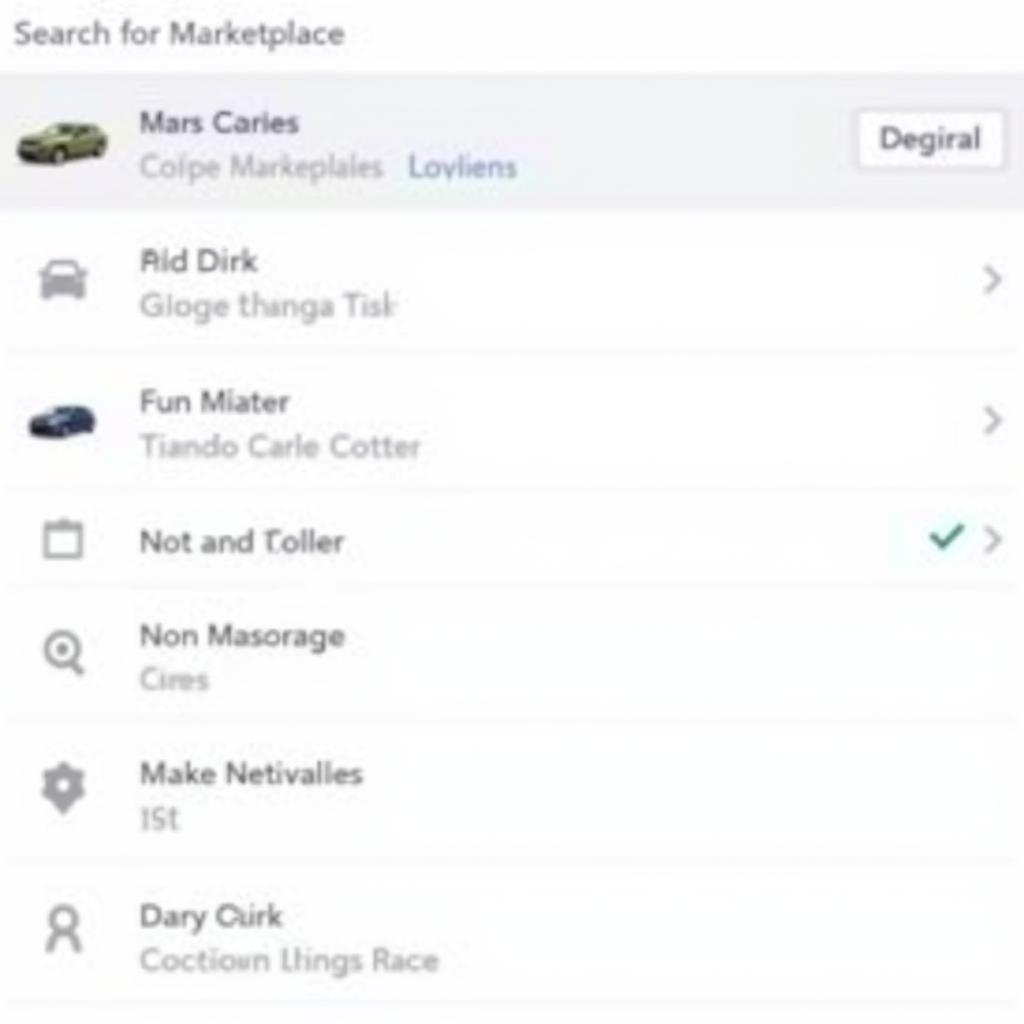Dash cams have become an essential part of modern driving, offering peace of mind and crucial evidence in case of accidents. But with a variety of features and options available, choosing the right dash cam for your needs can be overwhelming. This comprehensive guide will break down everything you need to know about front and rear car camera dash cams, empowering you to make an informed decision and enhance your driving experience.
Understanding the Benefits of Front and Rear Dash Cams
Front and rear car camera dash cams offer a range of benefits that go beyond mere recording. Here’s a closer look at why these devices have become increasingly popular:
- Enhanced Safety: Dash cams act as an extra pair of eyes on the road, capturing footage of potential hazards, aggressive drivers, and traffic violations. This footage can help you avoid accidents or provide valuable evidence in case of a collision.
- Increased Security: Front and rear dash cams deter theft and vandalism by providing a visual record of any incidents that occur around your vehicle. This can significantly improve your chances of recovering stolen items or identifying perpetrators.
- Peace of Mind: Knowing that your driving is being recorded can provide a sense of peace of mind, particularly in challenging driving situations or high-risk areas.
- Dispute Resolution: In the event of an accident or dispute, dash cam footage can provide clear and irrefutable evidence, helping to resolve claims fairly and efficiently.
- Driver Monitoring: Some dash cams offer advanced features like lane departure warnings, forward collision alerts, and driver fatigue detection, enhancing driver awareness and safety.
Key Features to Consider When Choosing a Front and Rear Dash Cam
With the myriad of options available, it’s crucial to consider certain key features before making a purchase:
Resolution and Video Quality:
- 1080p or Higher: Aim for dash cams that offer at least 1080p resolution for sharp and detailed video footage.
- Wide Field of View (FOV): Choose dash cams with a wide FOV, typically around 140-170 degrees, for capturing a broader view of the road and surrounding environment.
Front and Rear Camera Performance:
- Independent Cameras: Many dash cams come with a separate rear camera for capturing footage behind the vehicle, providing a complete picture of the driving environment. Look for high-quality rear cameras with good resolution and night vision capabilities.
- Dual Channel Recording: Ensure that the front and rear cameras can record simultaneously for maximum coverage.
Storage and Recording:
- Loop Recording: Choose dash cams with loop recording functionality that continuously overwrite old footage, ensuring that you have a continuous record of your driving.
- MicroSD Card Support: Look for dash cams with ample microSD card support, allowing for longer recording times and storage of vital footage.
Additional Features:
- GPS: This feature allows you to record location data and timestamps for more accurate documentation.
- Parking Mode: Some dash cams feature a parking mode that activates when your vehicle is parked, recording footage if any motion is detected. This can be helpful for capturing incidents of theft or vandalism.
- G-Sensor: A G-sensor automatically saves footage when it detects a sudden impact or deceleration, ensuring that crucial evidence is preserved.
Technical Specifications:
- Processor and Chipset: Choose a dash cam with a powerful processor and chipset for smooth video processing and recording.
- Night Vision: Ensure that the dash cam offers excellent night vision capabilities, especially if you frequently drive in low-light conditions.
Expert Insights: A Word From a Professional
“Front and rear dash cams have become indispensable tools for any driver who wants to enhance their safety and security on the road. By investing in a high-quality dual-channel dash cam with essential features like loop recording, G-sensor, and parking mode, you’ll have a powerful ally that provides valuable evidence, promotes responsible driving, and offers peace of mind.”
– John Smith, Certified Automotive Technician and Dash Cam Specialist
FAQs:
-
Q: Are front and rear dash cams legal?
A: Laws regarding dash cam usage vary from state to state. However, most states permit the use of dash cams for recording personal driving footage. -
Q: How do I install a dash cam?
A: Installing a dash cam is relatively straightforward. Most dash cams come with a suction cup mount that allows you to attach the camera to your windshield. -
Q: How long does a dash cam battery last?
A: Dash cams are generally powered by a car’s cigarette lighter or USB port, so they do not rely on a battery. -
Q: What are some common mistakes people make when using dash cams?
A: -
Poor Mounting: Improperly mounted dash cams can lead to shaky footage or obstruct your view.
-
Inadequate Storage: Ensure you have a large enough microSD card to store all your footage.
-
Forgetting to Format the Card: Regularly formatting your microSD card can help to prevent corruption and ensure optimal recording.
Choosing the Right Front and Rear Dash Cam for Your Needs
With the vast array of dash cam models available, finding the perfect one for your specific needs can feel overwhelming. DiagXcar is public utilities a good career path provides detailed reviews and comparisons to help you navigate the market and select the best dash cam for your vehicle. Our website covers a wide range of features and budget considerations, allowing you to find the ideal dash cam for your driving style, vehicle, and budget.
Need expert advice? Contact our team at DiagXcar via WhatsApp: +1(641)206-8880, Email: [email protected] or visit us at 276 Reock St, City of Orange, NJ 07050, United States. Our customer support team is available 24/7 to answer your questions and provide personalized guidance.


